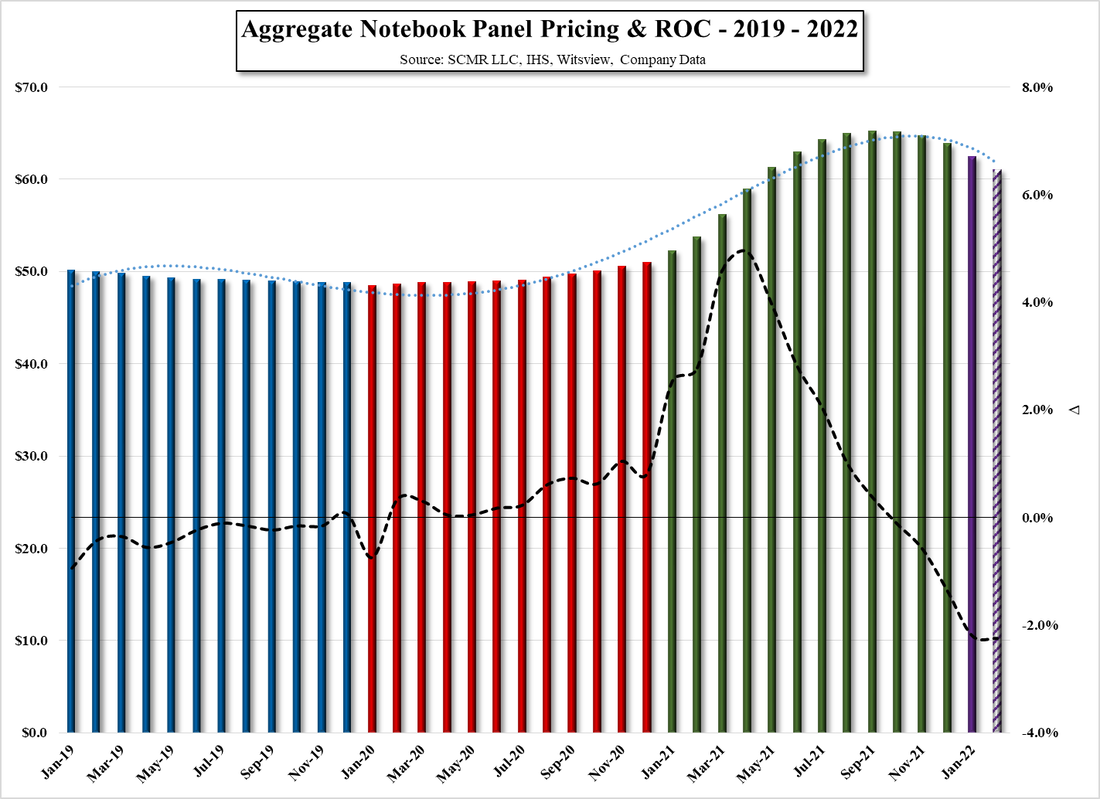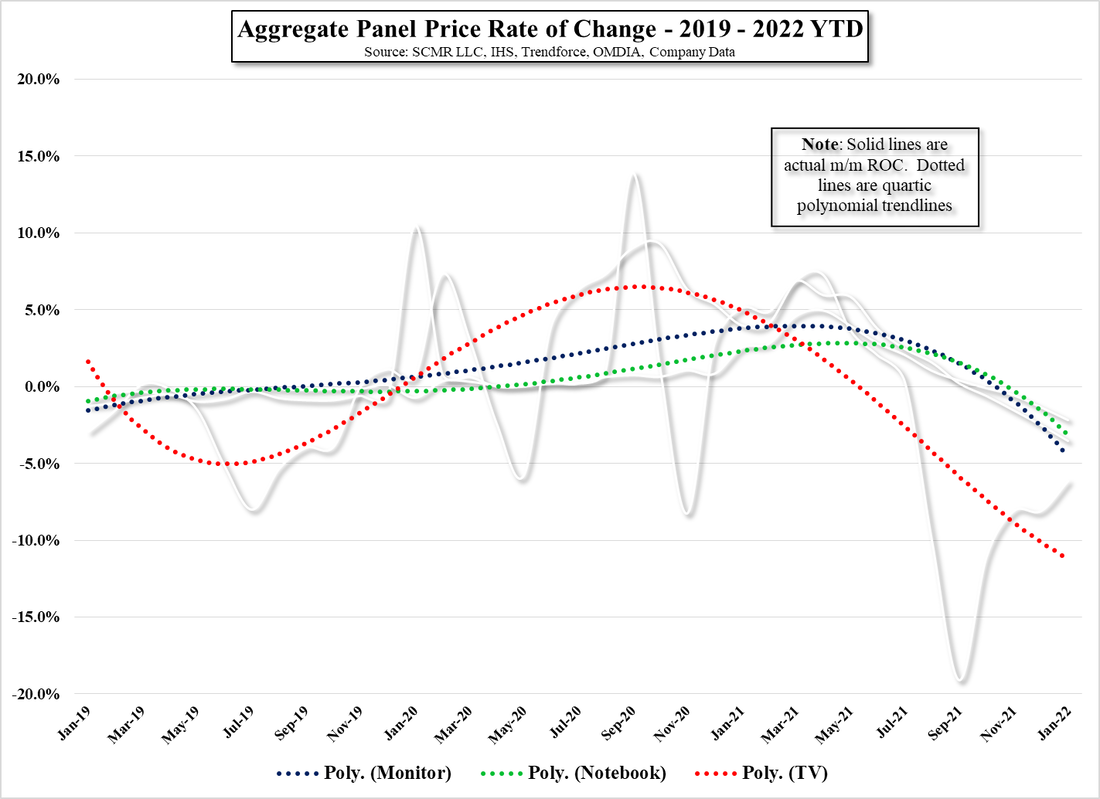Power Outage in Taiwan
Much of the power grid was restored within an hour as alternative sources were brought on line and the downtime at display and semiconductor manufacturing fabs was covered by back-up power common at such facilities, however even millisecond transition times to backup power can cause steps to be missed during a number of processes, which takes a bit of time to evaluate. With Taiwan Semi (TSM) the globe’s leading producer, having production capacity in affected regions, the company will need to evaluate production before it can accurately estimate any potential losses. Taiwan is known to have occasional blackouts, but those are typically during the summer months when the heat causes demand spikes across a grid that was designed to meet ‘average’ power consumption.




















 RSS Feed
RSS Feed